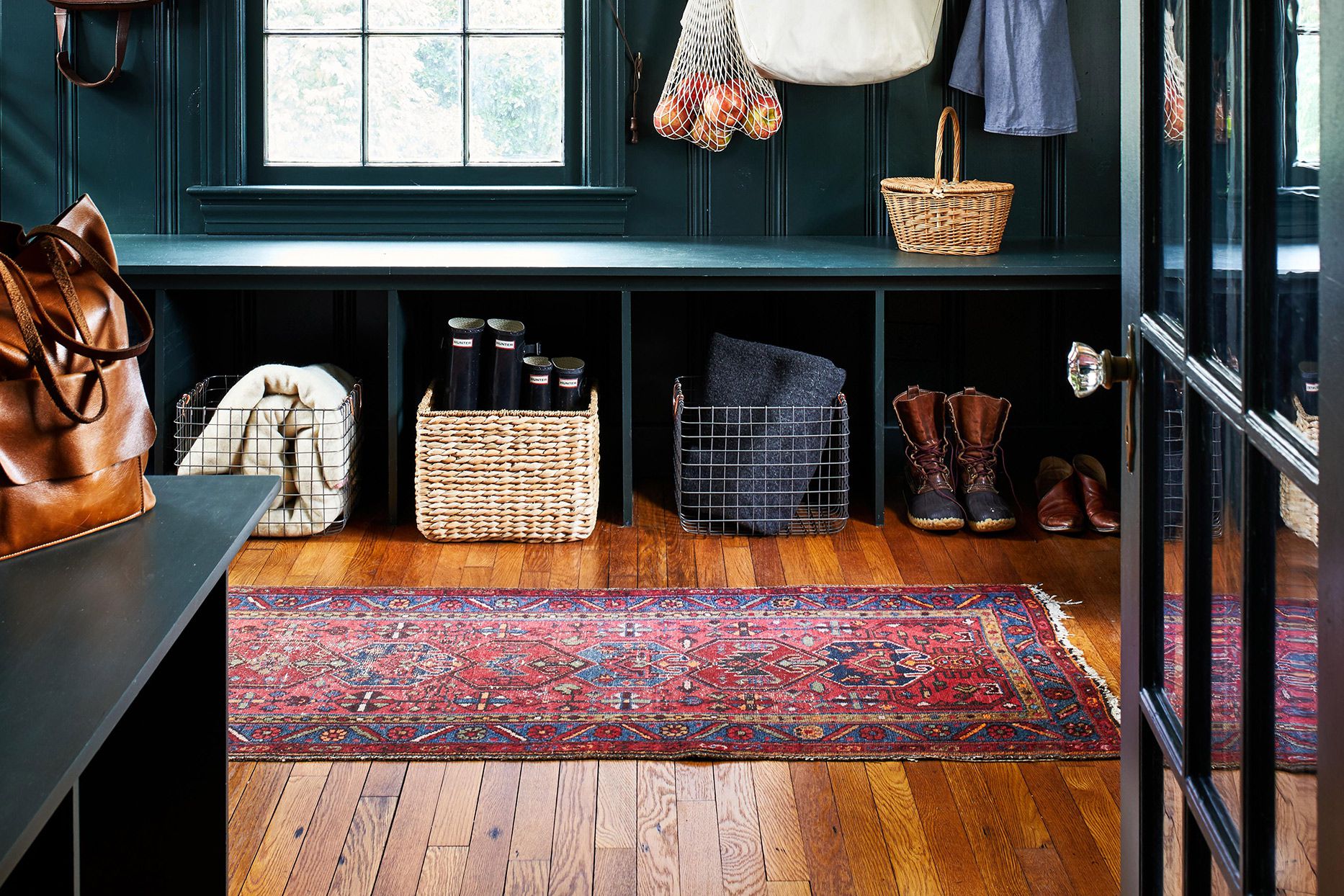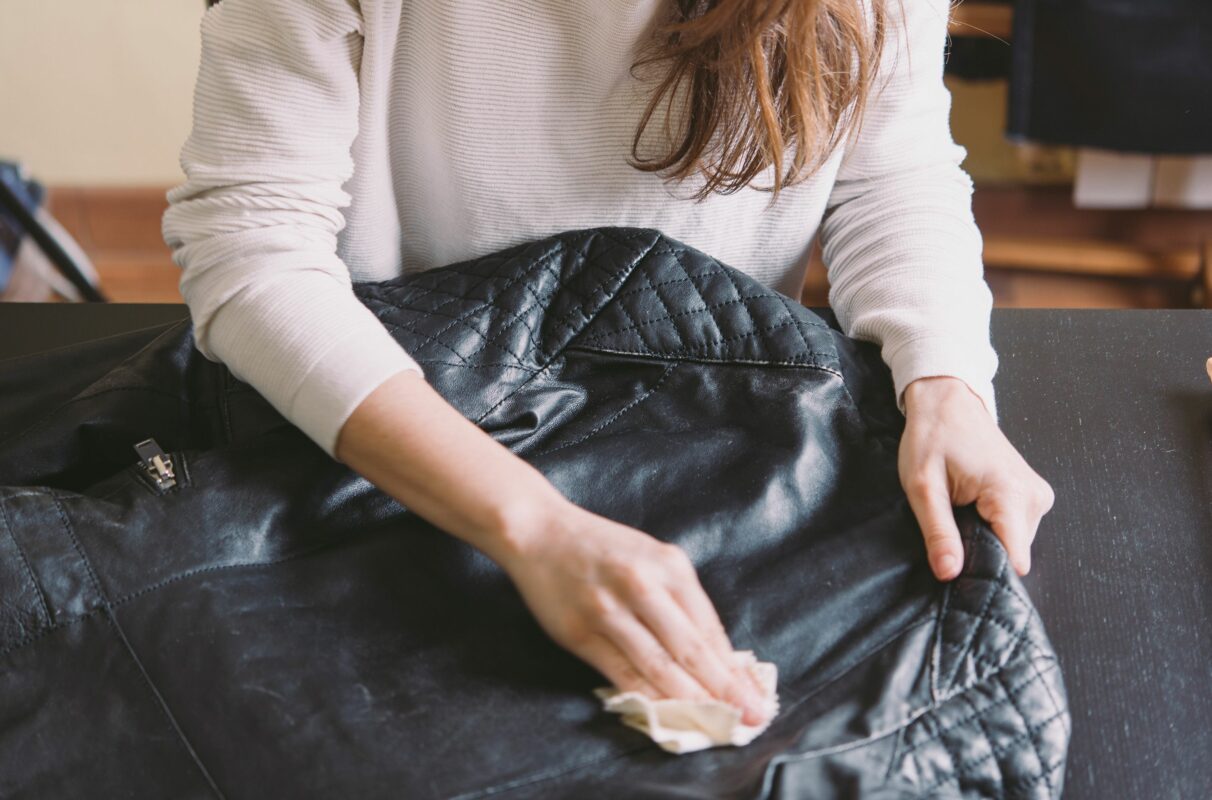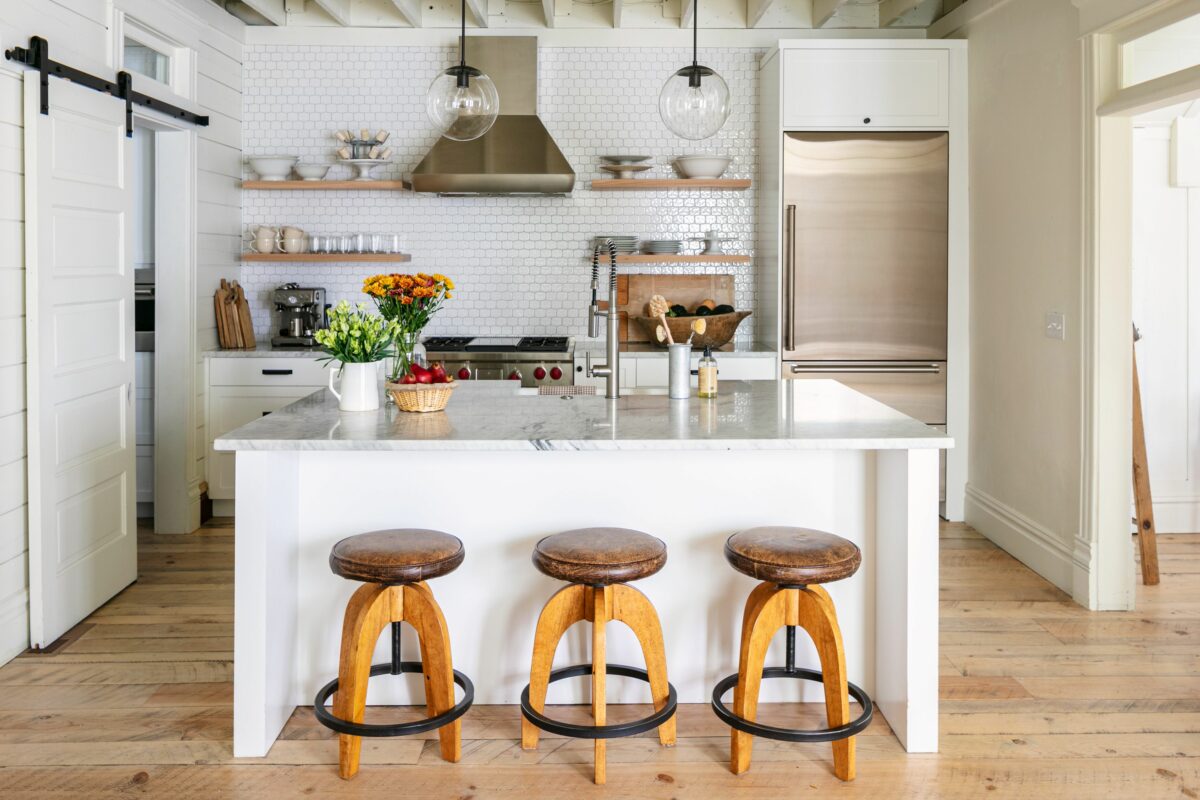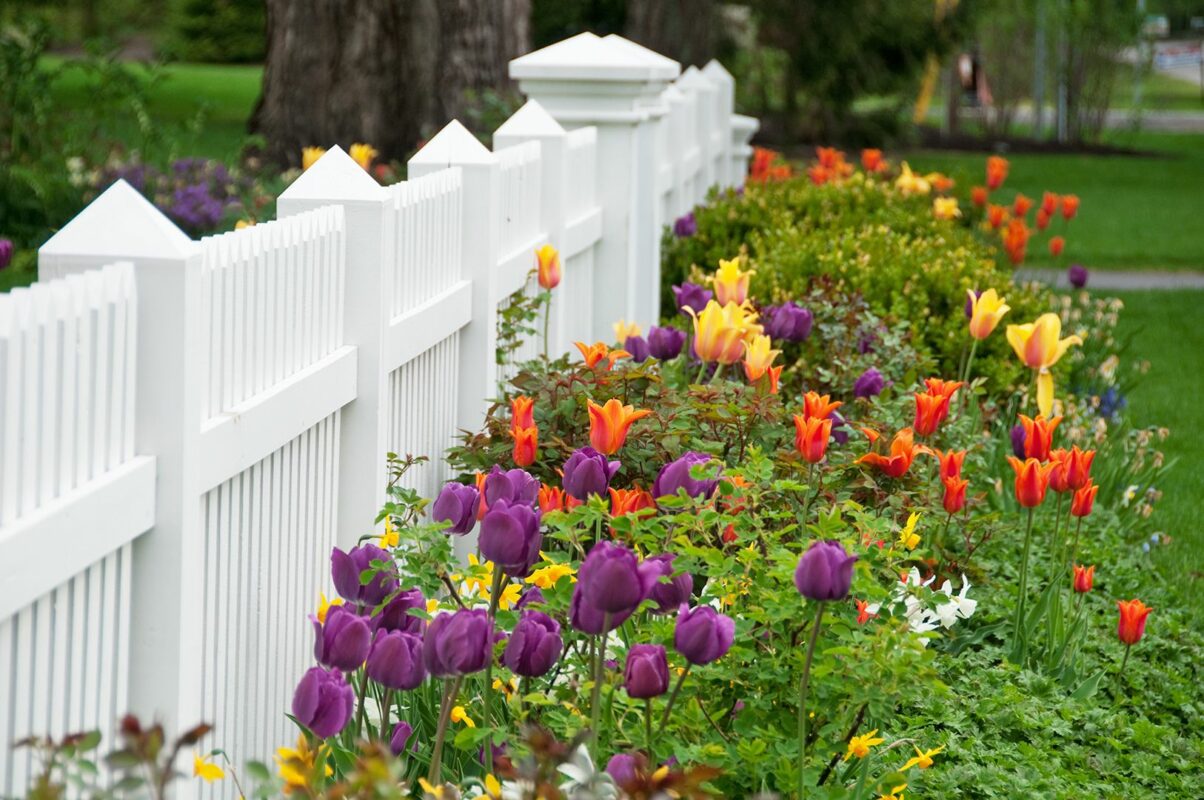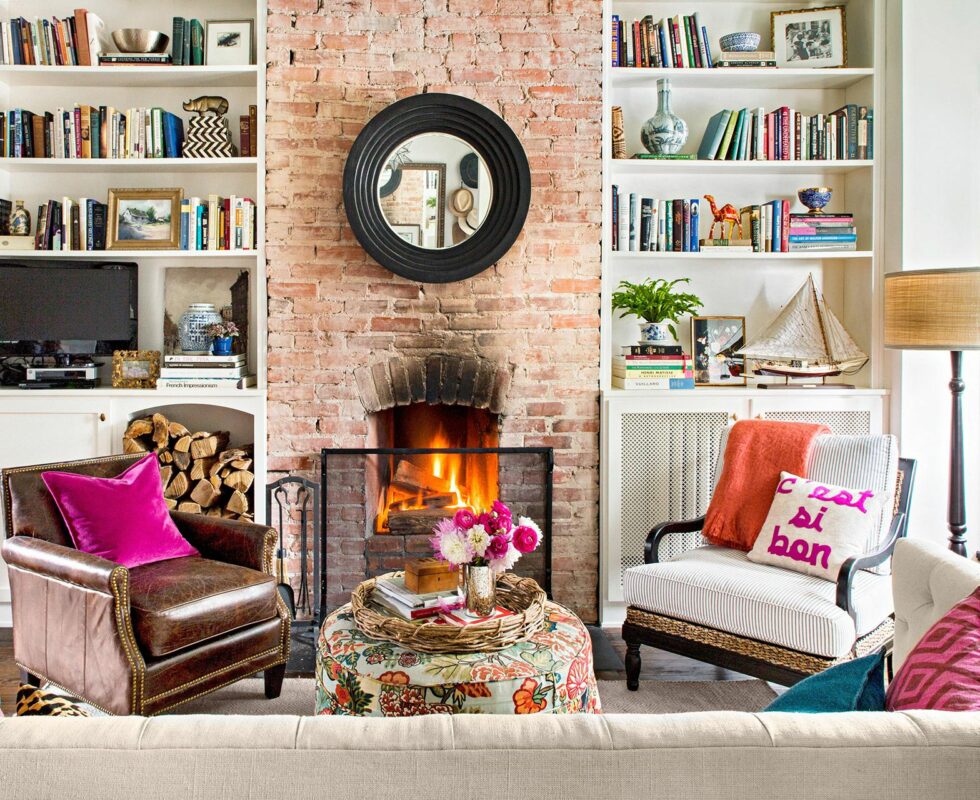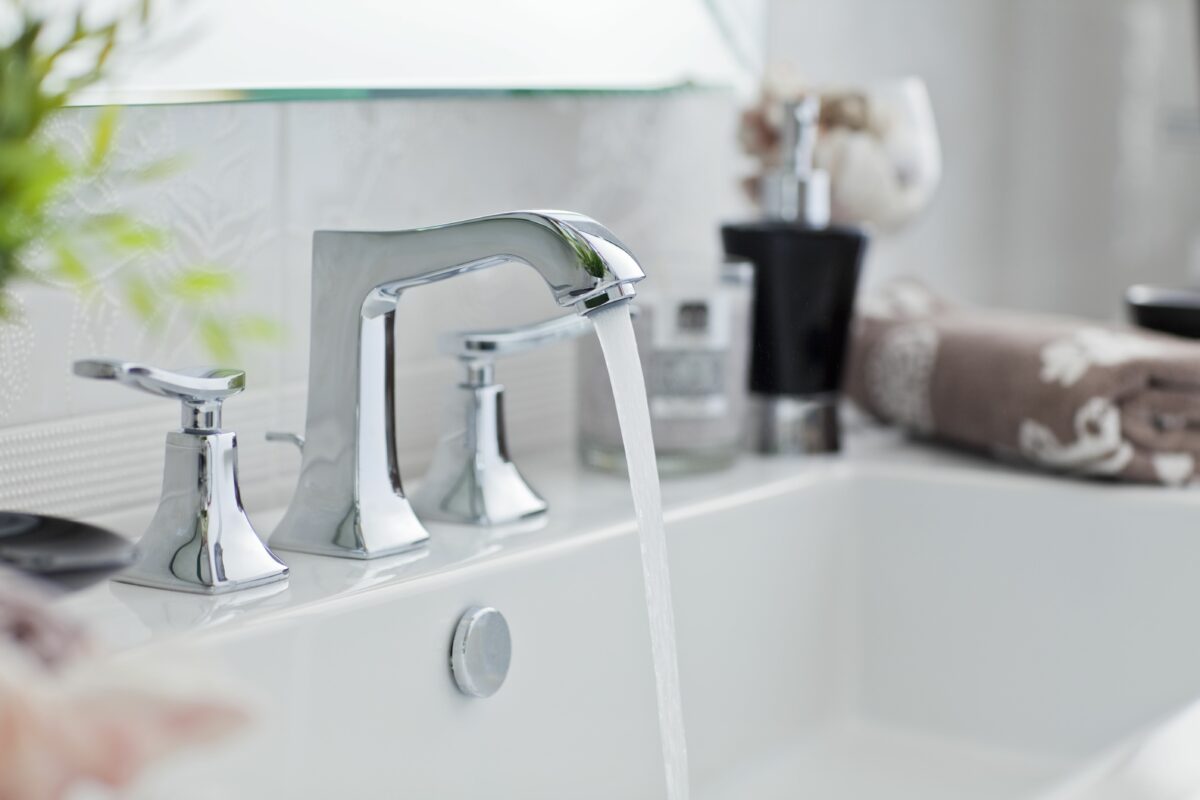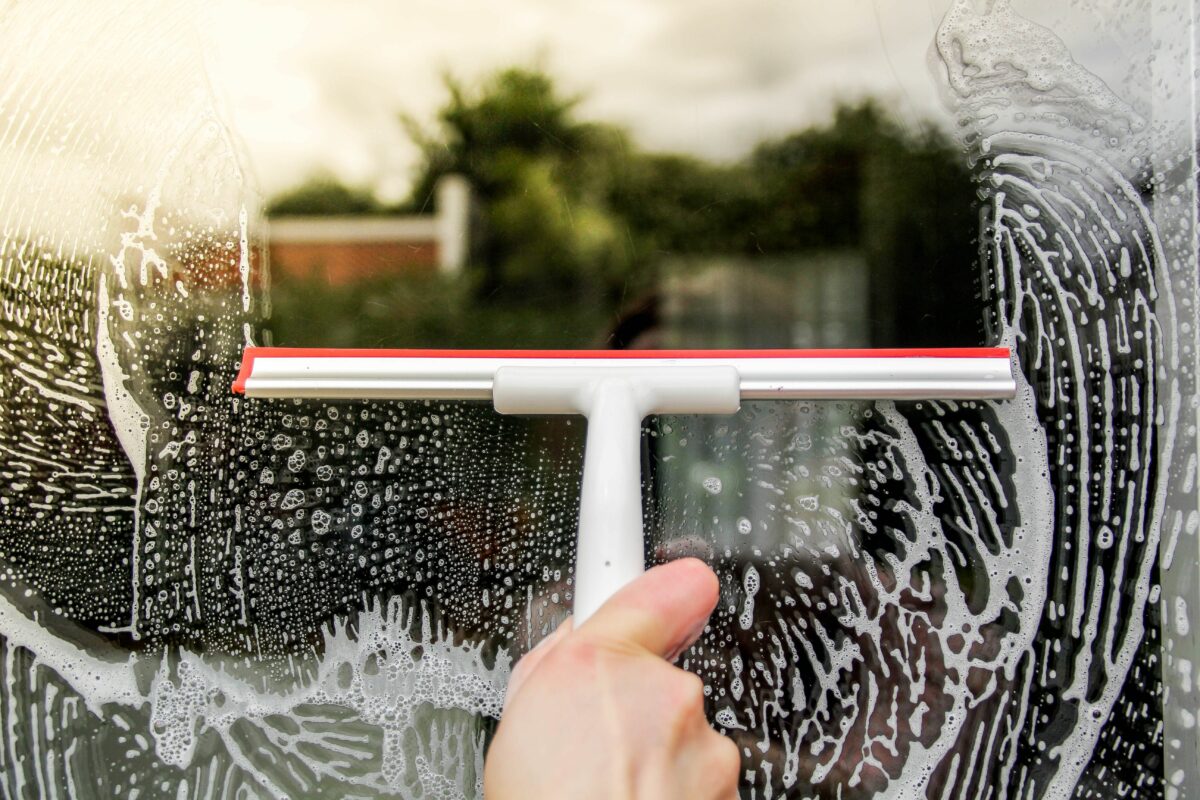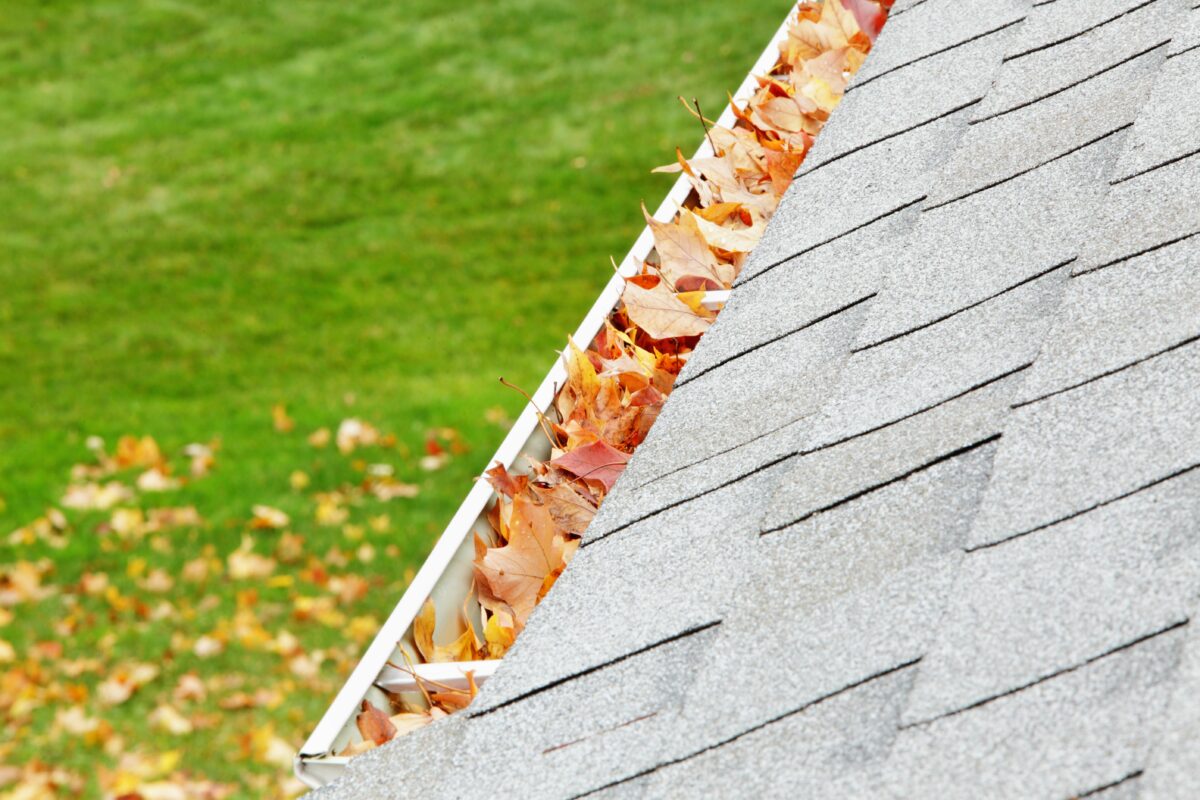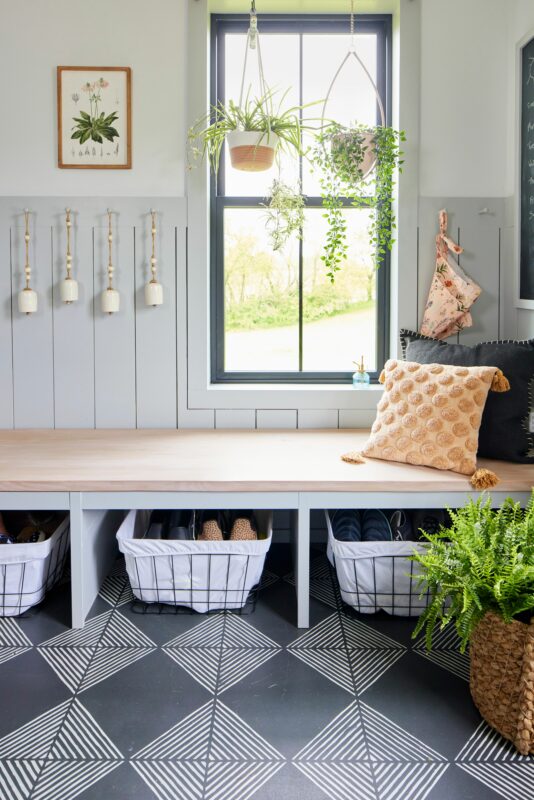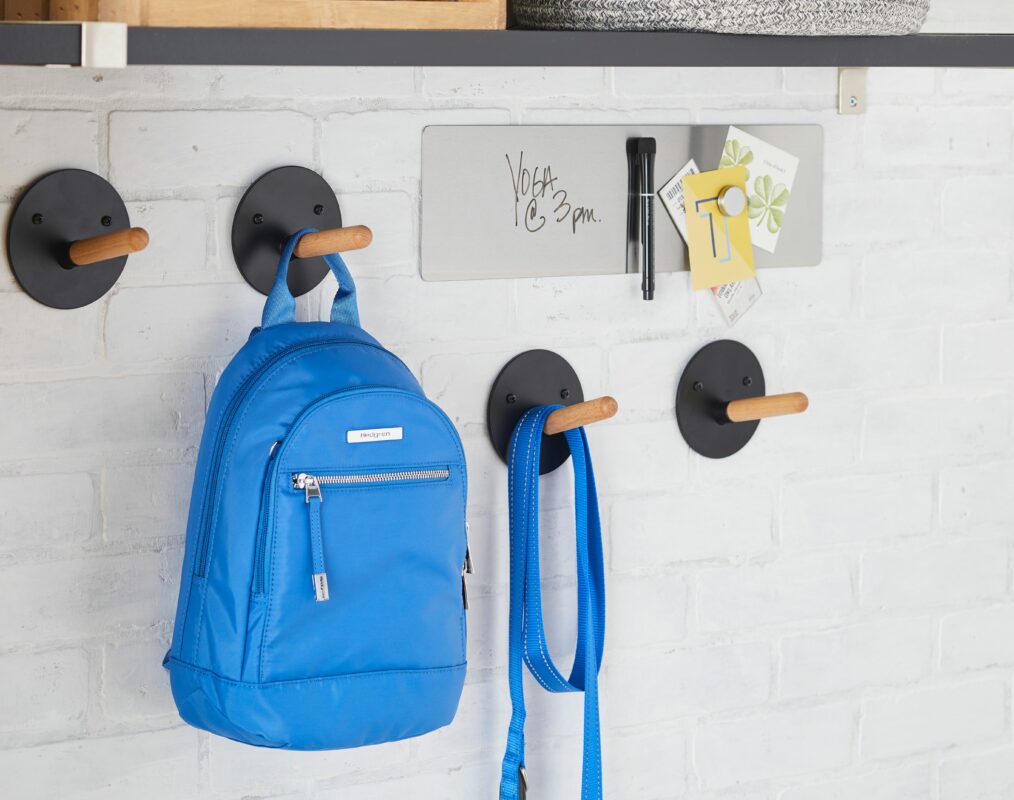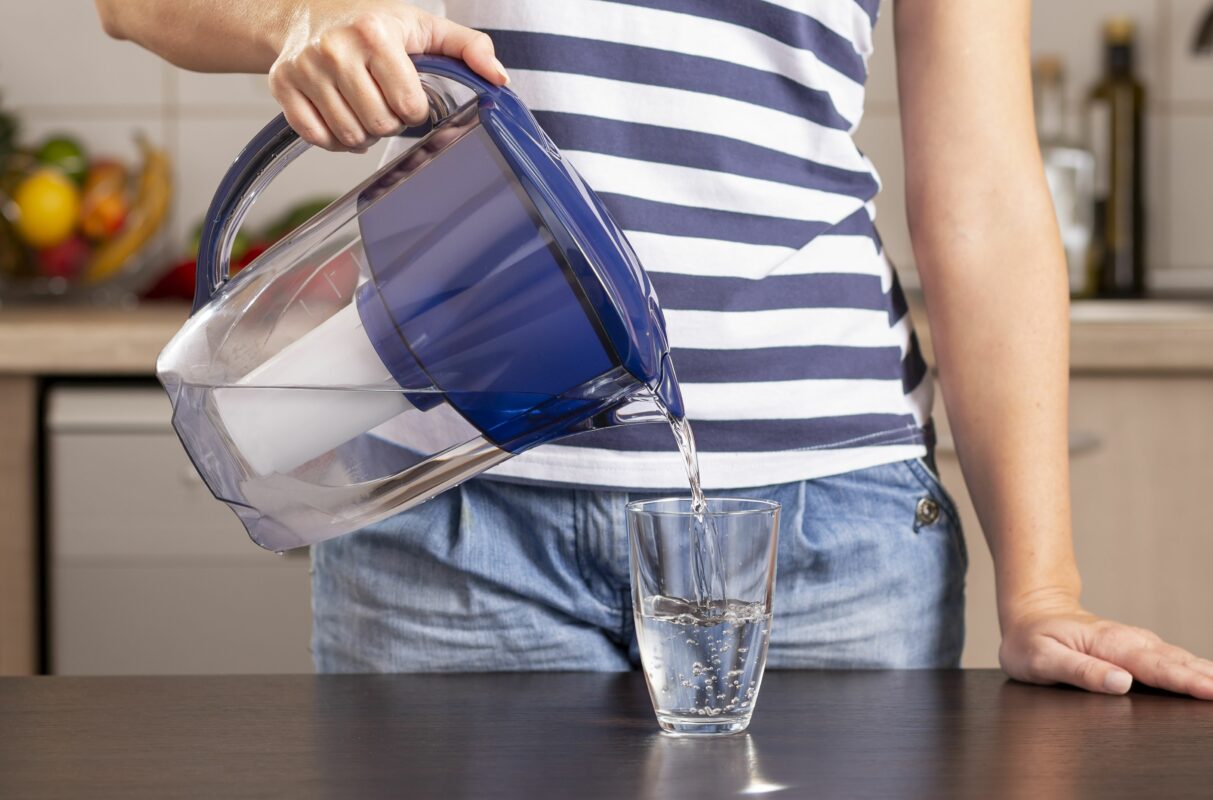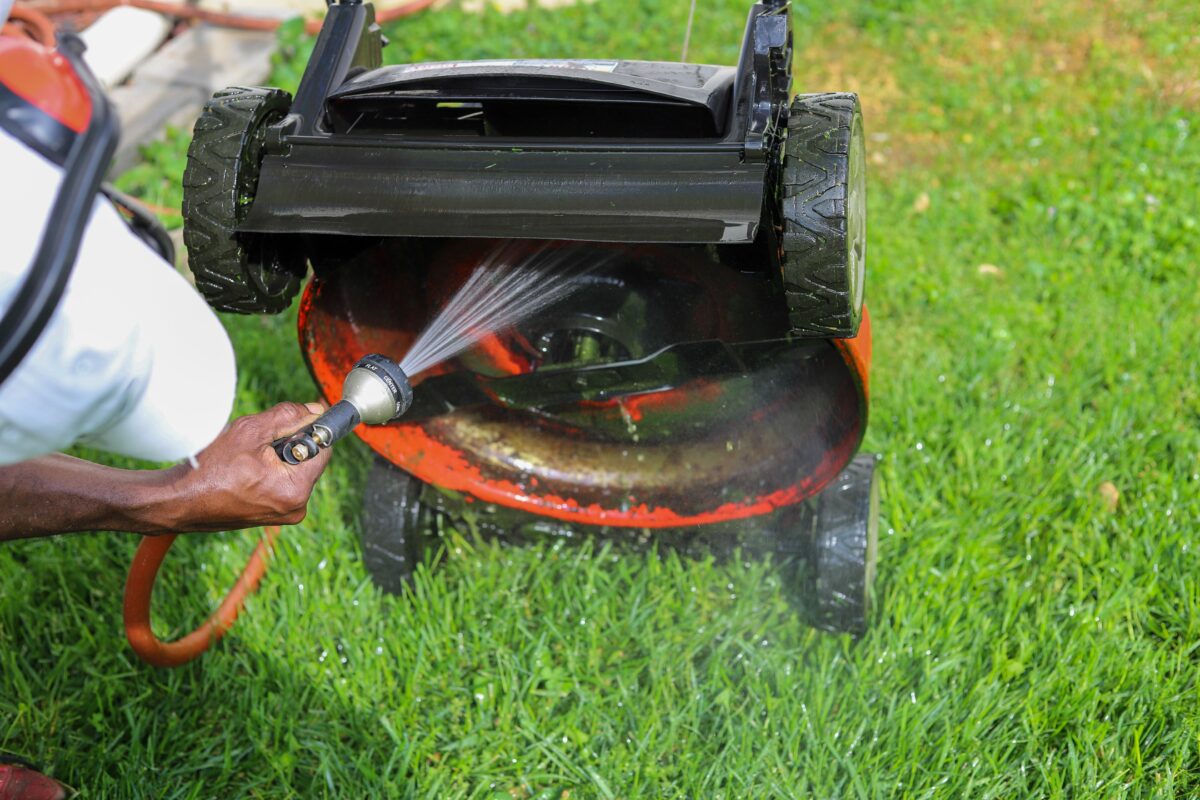Hardwood floors are tough—they’re so durable that when they’re properly cared for, they only need to be refinished every 15 to 20 years. The key words in that sentence are “properly cared for.” While your hardwoods can withstand daily foot traffic, scuffs, pets, and spills, your cleaning routine might be damaging their seal and finish. Here’s everything you need to know about how often to clean hardwood floors, and how to properly do it so that they last as long as possible.
How to Clean Wood Floors: The Ideal Routine
The best way to clean hardwood floors without harming their finish is to maintain a regular routine of cleaning them dry. The goal is to decrease the number of times the floors get wet. Vacuuming and sweeping should comprise 80 percent of your hardwood floor cleaning routine, rather than wet mopping. Here are a few tips to integrate into your cleaning schedule to prolong the life of your hardwood floors.
Sweep or Dust Hardwood Floors Daily
Use a broom or dust mop to pick up dirt, crumbs, and dust that accumulate each day. This prevents a large buildup and prevents the dirt from scratching your floor. A broom or dust mop should be the backbone of your cleaning routine for hardwoods.
Clean Up Spills as Soon as They Happen
If any liquids get on the floor, spot clean promptly. If you allow wet spills to dry on the floor, they’ll dull the finish and attract more dirt. Use a damp towel with no cleaning solution on it to wipe up the spot and then wipe dry with a towel.
Edmund Barr
Vacuum at Least Once a Week
Vacuum your hardwood floors every three to seven days, depending on the amount of traffic in your home. A vacuum picks up more dirt and dust than a broom or dust mop, so it will take care of all the debris that you miss with daily sweeps. Canister vacuums are the best type to use on hardwood floors as their brush attachments can reach into corners and small spaces without scratching the floor. If you have an upright vacuum, be sure to turn off the rotating brush. A vacuum beater bar is intended for use on carpets, and it will scratch and dull the finish on your hardwood floors if used.
Deep Clean with Liquids and a Wet Mop Sparingly
If you are wet mopping hardwood floors each week, it’s best to stop this practice. Too much mopping can wear down the floor’s seal and saturate the flooring with water, destroying the finish that protects the wood. Once the wood gets wet, floors can swell, buckle, and warp.
To best preserve your hardwoods, wet mop high-traffic areas only twice a month. Areas that get less traffic can be cleaned monthly. Hardwood floors in a guest bedroom that’s rarely used could even go multiple months without wet mopping. With this protocol, your hardwood floors will last much longer and you’ll have less time-consuming mopping to do.
Consider putting an area rug over a high-traffic area of hardwood floors to protect the floor and lessen the need for wet mopping.


